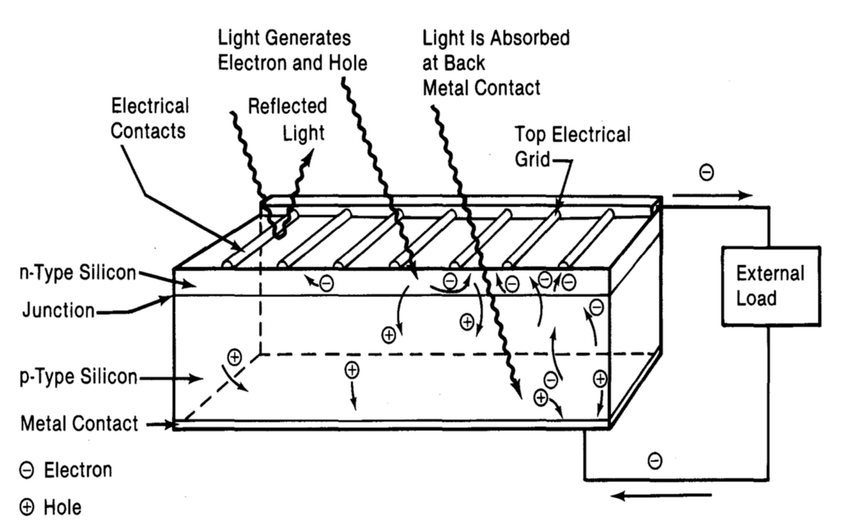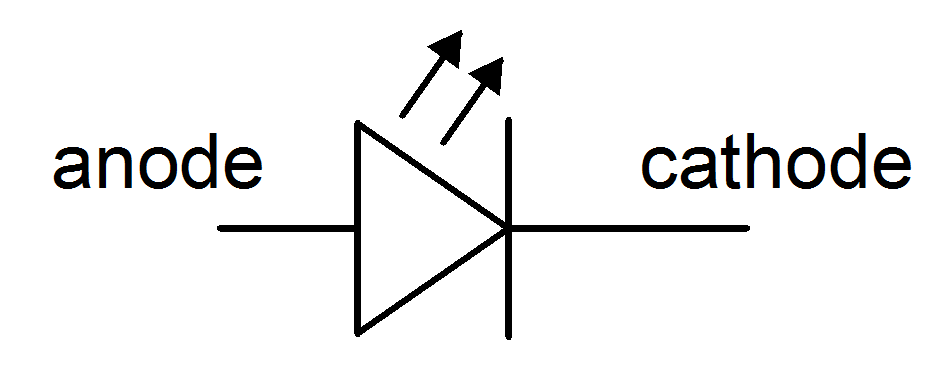
Light Emitting Diode (LED)
The light-emitting diode (LED) is a diode that will give off visible light when it is energized. In any forward-biased p-n junction there is, within the structure and primarily close to the junction, a recombination of holes and electrons. This recombination requires that the energy possessed by the unbound free electron be transferred to another state. In all semiconductor p-n junctions some of this energy will be given off as heat and some in the form of photons. In silicon and germanium, the greater percentage is given up in the form of heat and the emitted light is insignificant. In other materials, such as gallium arsenide phosphide (GaAsP) or gallium phosphide (GaP), the number of photons of light energy emitted is sufficient to create a very visible light source. The process of giving off light by applying an electrical source of energy is called electroluminescence.

Note in the figure that the recombination of the injected carriers due to the forward-biased junction results in emitted light at the site of re combination. There may, of course, be some absorption of the packages of photon energy in the structure itself, but a very large percentage are able to leave, as shown in the figure.



